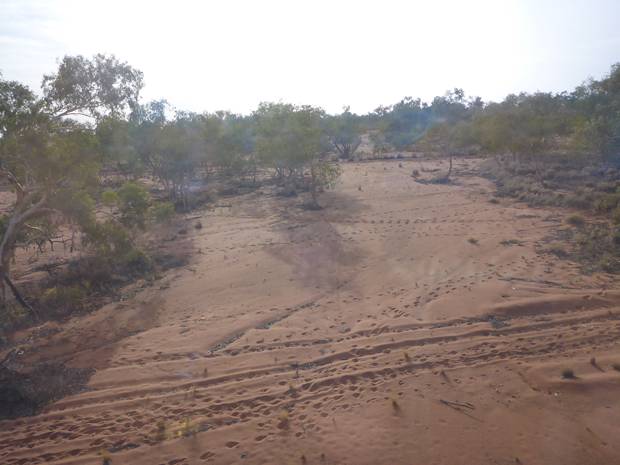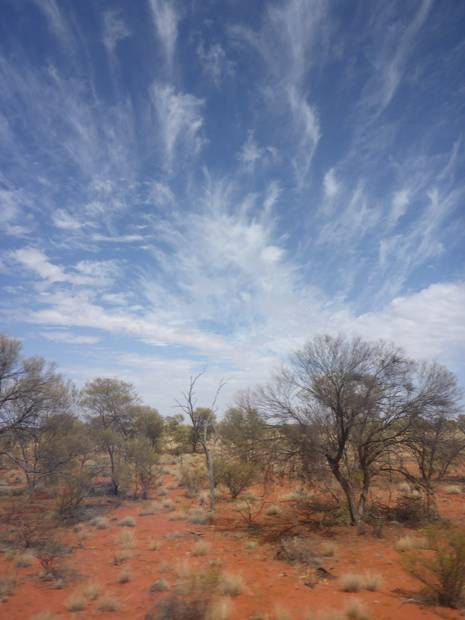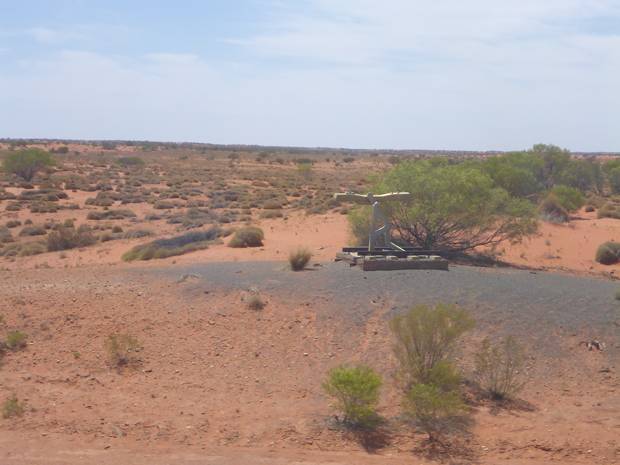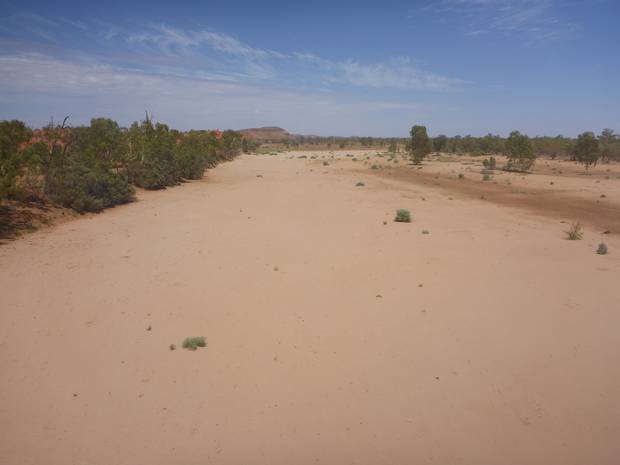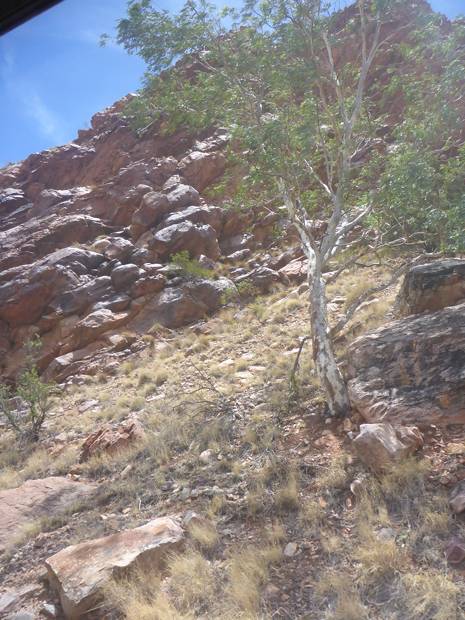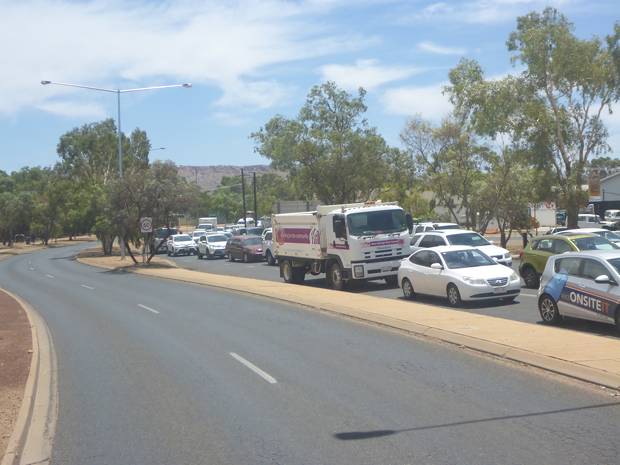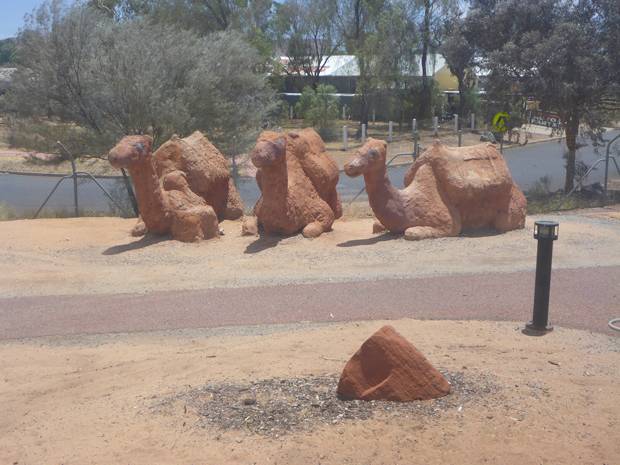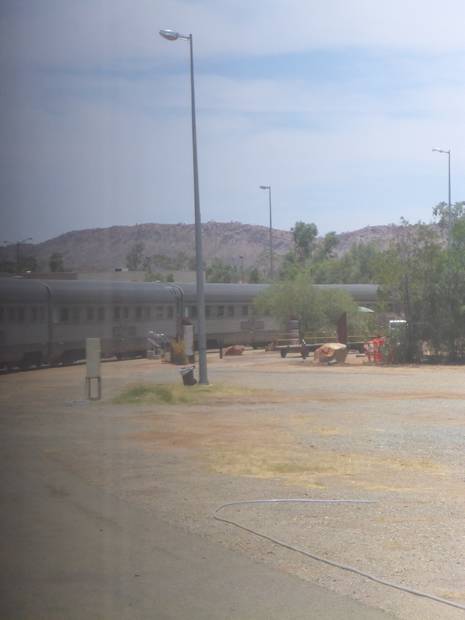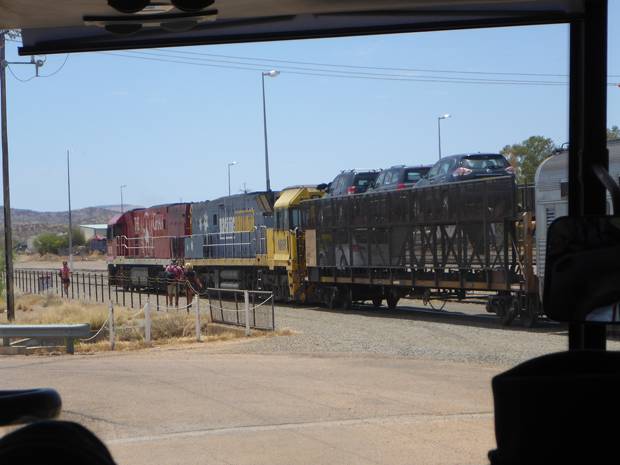North to Alice

|
North to Alice Waiting to Shoot the Iron Man Sitting in our cabin as the train moved north we imagined the hubbub of activity that would have been constant when the original wooden sleepers were being laid from Port Augusta to Alice Springs, then known as Stuart, in 1877. Imagine the dust, clatter of construction, voices shouting instructions, hammers on metal, hissing of steam and the animal sounds of recalcitrant beasts all under the relentless blazing sun. The first camel to arrive in Australia came from Tenerife in the Canary Islands and was called Harry. He touched the earth of his new home in 1839. From the 1840’s thousands of these ships of the desert were imported along with their cameleer riders from not only Afghanistan but all over the Middle East. They were migrants leaving behind their families in search of work overseas and their essential skills were an exact fit for what was needed in the opening up of the biggest country in the world with its harsh climate and terrain. The name ‘Ghan’ is a generic term adopted in due reverence to the essential role these foreign men and their camel teams played. Through to the early 1900’s they moved food, goods, mail, water, equipment and tools first to the surveyors and builders and then to the remote fledgling towns growing along the rail route. In addition they were vital in transporting the cables, poles, rail and sleepers for the construction of the railway and Overland Telegraph. Indigenous people joined in the effort, learning how to load and ride these novel creatures. Their broad leathery footpads protected them from the searing uneven ground and prevented them from sinking into the soft sand under the immense weight of their loads and their ability to survive long journeys without water made them highly fit for purpose. By the time the first section of the line was opened in 1929 their role was being taken over by the train itself which also moved people along with supplies bound for Alice. The route of the Ghan then travelled over some of the most flood prone areas of central Australia via Quorn and Oodnadatta and the wooden sleepers were being eaten to dust by white ants. So the line we were travelling on, that you can see from the plaque, was completed in 1980, used concrete sleepers and followed a different route. I wondered if camels were used once again to transport the equipment and rails and sleepers along this new route. There is a red soil track alongside the line so maybe vehicles were used instead. Once their role was finished the camels were released and now thrive in country to the extent that many are being transported back to Saudi Arabia to relieve the growing numbers. Sadly we didn’t see any and can only imagine that some of the tracks in the sand you see in the photo were made by descendants of the mighty pioneers. Others we could attribute to reptiles like the many species of lizards also feral cattle, horses and dogs, kangaroos and the like. The first trains of course were steam driven and referred to as ‘mixed’ because their cargo could be anything including settler families. One such family had the misfortune of losing their four hens and a rooster who escaped at a remote station. It was a case of all hands to the pumps including those of academic high flying professors who assisted in recapturing the belligerent birds. During the 1950’s when the first diesel trains were being trialled to replace steam, one of the new ‘Ghan’ trains became stranded at Finke Station with electrical problems and a blown gasket. The local postmaster, a Mr W R S Hamilton provided the tongue from an old shoe to replace the gasket and the train was soon on its way again. An announcement came over channel 5 in our cabin to say we were about to pass a significant monument in a few minutes on the right hand side of the train. I went to stand by the corridor window, camera at the ready and set on the Sport Mode as it usually is. Danny our American friend and fellow sailor did the same at the next window. We were expecting a regular big monument and as the train was by now moving at a good pace I wondered just how likely it was that we would see it at all as we whizzed past. I craned my head to see, “It’s coming” I warned Danny. ‘Click’ and it was gone. Was that it I wondered, “Say did you see it? I didn’t,” Danny queried. Did I manage to catch it in the semi second in which it appeared? A quick look and what you see is what I got. ‘The Iron Man’ as it is called measures 1 metre in height and was built by railway workers to commemorate the one millionth concrete sleeper laid on the new stretch of railway between Tarcoola, where we turned north and Alice Springs. It may sound unlikely but there really was something new and wonderful or maybe tragic to see everytime we looked out of the window. Since the trip we have learned that the extreme heat wave being experienced in this part of Australia was drying up what have always been permanent waterholes, billabongs at which the wild animals have always been able to drink. Locals found over a hundred dead horses around one and of course there will be many other such incidents that have not been seen. I counted five cattle carcasses near the track, so you can imagine there are many more out there, out of sight. Beautiful cirrus clouds shooting upwards across a blue sky and circular soft grey spinifex ‘nests’ amidst neat little trees on a warm ochre ground reminded me of yellow flowering fields of rape against a cloudless blue sky on an English summer day with maybe a single green leafed tree for dramatic effect. We lunched with Joan and her granddaughter Emily from Melbourne. They were a happy team, Emily gently bossing ‘gran’ around and gran taking little notice. Emily drives buses for a living; passengers would be wise not to mess with her. All along the sides of the track were areas where the soil had been scooped out and used to raise the track level. These dry, cracked ‘pools’ obviously filled with rain water occasionally and we imagined the animals and birds that would crouch around the edges for a welcome drink. Another announcement suggested we look out for the dry river bed of the ancient Finke River you see in the photo. I am always a little dubious about claims that something is the ‘oldest’ or ‘biggest’ or ‘only’ one in the world so I will just say that the rock formations in the riverbed of the Finke date back 300 million years, now that is old! Leaning fence posts, cattle grids, herding pens and random, healthy looking cattle were the first hints that we were approaching civilisation. On the outskirts of Alice having trundled through a gap in the MacDonnell mountain range we motored very slowly over a few level crossings where the poor motorists must have to wait for twenty minutes or so as we snake by, passing the time perhaps enjoying a snack, playing games or chatting on their phones or boxing clever and noting the time so they could avoid the wait in future.
|
